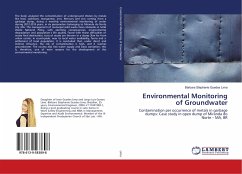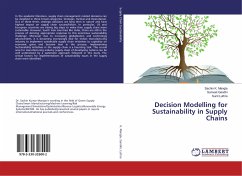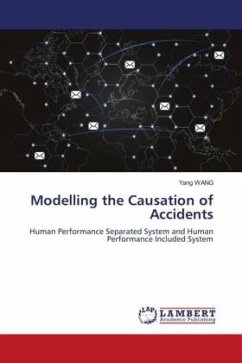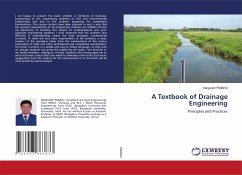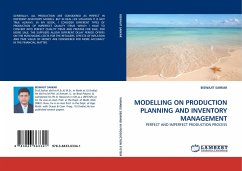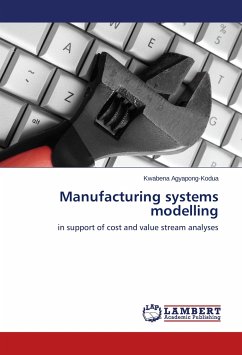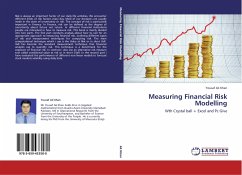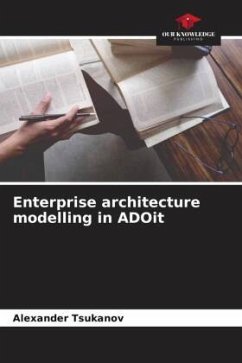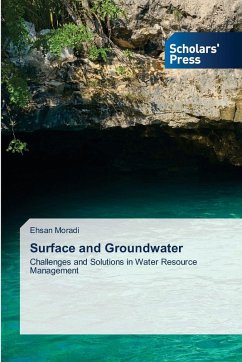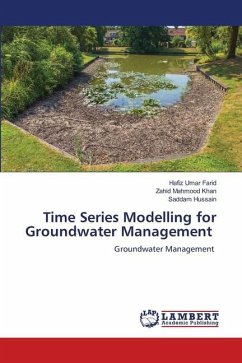
Time Series Modelling for Groundwater Management
Groundwater Management
Versandkostenfrei!
Versandfertig in 6-10 Tagen
29,99 €
inkl. MwSt.

PAYBACK Punkte
15 °P sammeln!
In arid and semi-arid regions, groundwater is often the primary source of water. However, over pumping for irrigation purposes has resulted in a general decline in groundwater levels/depth in the semi-arid aquifer. The spatiotemporal analysis of groundwater level for pre-monsoon season and post monsoon season were carried out of 203 sites for Haveli canal Circle of the Multan Irrigation zone, Punjab, Pakistan for the period 2005-2018 using the Mann-Kendall and Sen's slope estimator tests. The data distribution was tested for normality using the Kolmogorov-Smirnov normality test in the Statisti...
In arid and semi-arid regions, groundwater is often the primary source of water. However, over pumping for irrigation purposes has resulted in a general decline in groundwater levels/depth in the semi-arid aquifer. The spatiotemporal analysis of groundwater level for pre-monsoon season and post monsoon season were carried out of 203 sites for Haveli canal Circle of the Multan Irrigation zone, Punjab, Pakistan for the period 2005-2018 using the Mann-Kendall and Sen's slope estimator tests. The data distribution was tested for normality using the Kolmogorov-Smirnov normality test in the Statistical Package for Social Sciences (SPSS) software package. The results of the normality test showed that the data was not normally distributed (p = 0.01) as statistics for pre-monsoon and post-monsoon groundwater level were observed 0.195 and 0.159, respectively. The results also indicated that 33.1% sites showed a significant increasing trend in groundwater depth during pre-monsoon season while during post-monsoon season, 31.6% of sites show a significant increasing trend in groundwater depth.



